Frequently Asked Questions About Relics (Part 1)
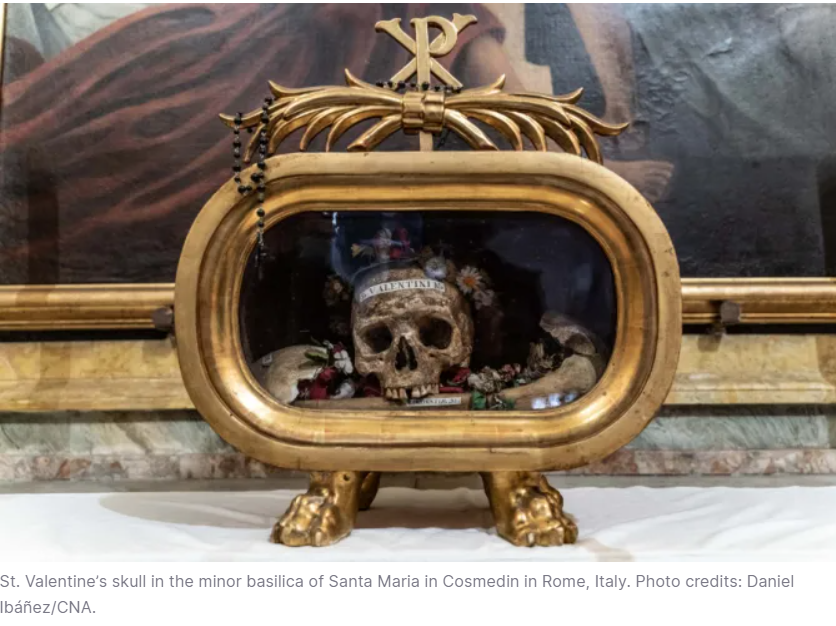
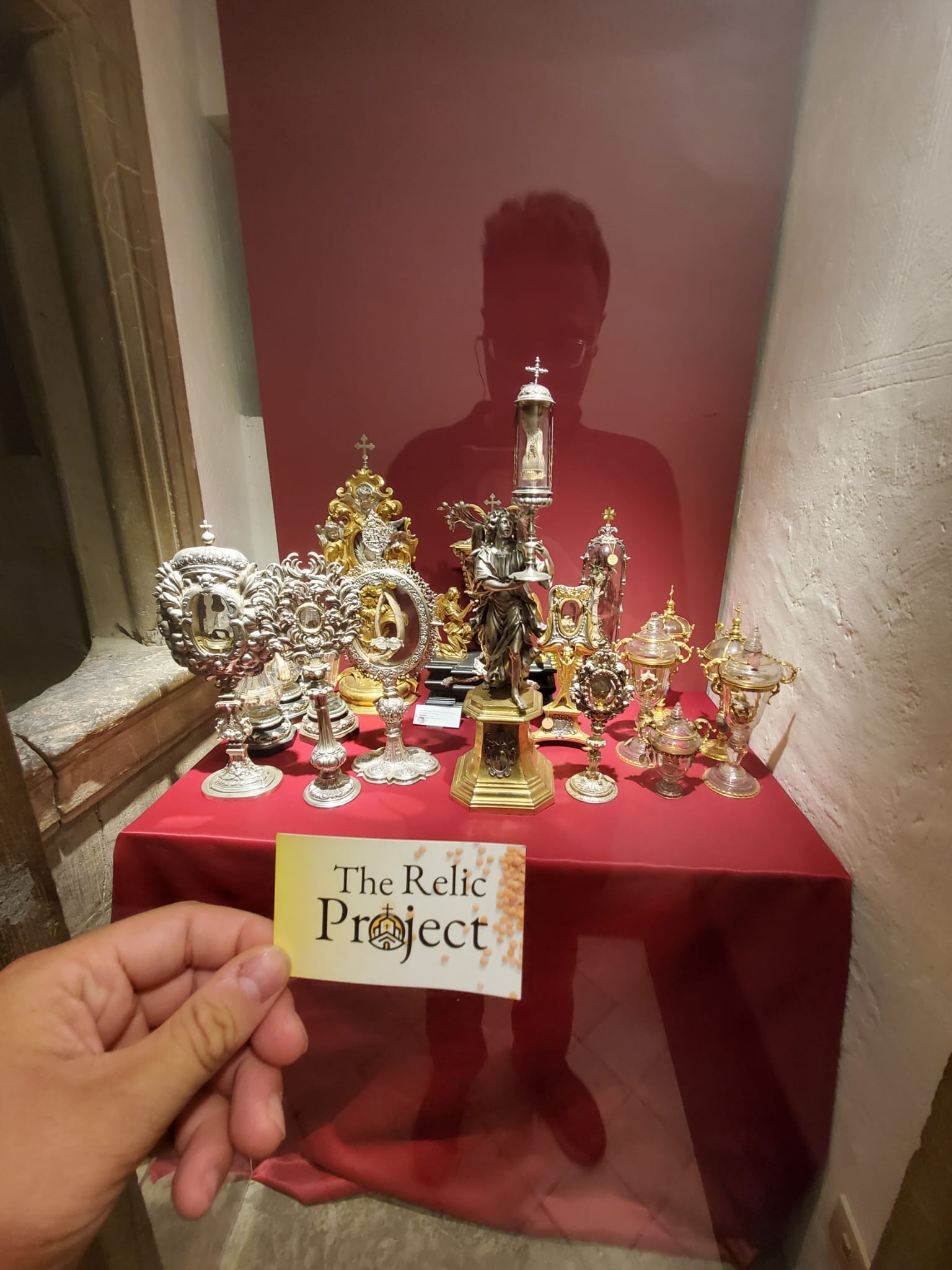
So, what is a relic?
A relic comes from the Latin word reliquiae, meaning “remains” or “something left behind.” In Catholic and Orthodox traditions, relics are often associated with the physical remains of a saint (such as bones, hair, or blood) or objects that have come into contact with a holy person. They serve as tangible connections to those who lived virtuous lives in the service of Christ. The veneration of relics is deeply rooted in both traditions, as it is believed that the holiness of the saint continues to reside in their earthly remains or in the objects associated with them (Catechism of the Catholic Church, 1992, para. 1674; Orthodox Christian Information Center).
What is a saint?
In Catholicism, a saint is a person who is recognized by the Church as having lived a life of extraordinary holiness and virtue. The process of canonization involves rigorous examination of the person’s life, miracles attributed to their intercession, and their faithfulness to Church teachings. Once canonized, the person is included in the Church’s official list of saints (the "Canon") and is held up as a model of holiness. Saints are considered to be intercessors in heaven who can pray on behalf of the living (Catechism of the Catholic Church, 1992, para. 828).
In the Orthodox tradition, saints are also venerated for their holiness, but the process of recognizing saints is less formalized compared to the Catholic Church. The Orthodox Church emphasizes the role of the entire Church community in recognizing and venerating saints (Orthodox Church in America).
Are relics biblical?
Yes, the concept of relics can be traced to several passages in the Bible. For example:
- In 2 Kings 13:21, a man was revived after touching the bones of the prophet Elisha.
- In Acts 19:11-12, cloths that had touched St. Paul’s skin were used to heal the sick and drive out evil spirits.
These examples illustrate the biblical precedent for God working through material objects associated with holy people (Catechism of the Catholic Church, 1992, para. 1674).
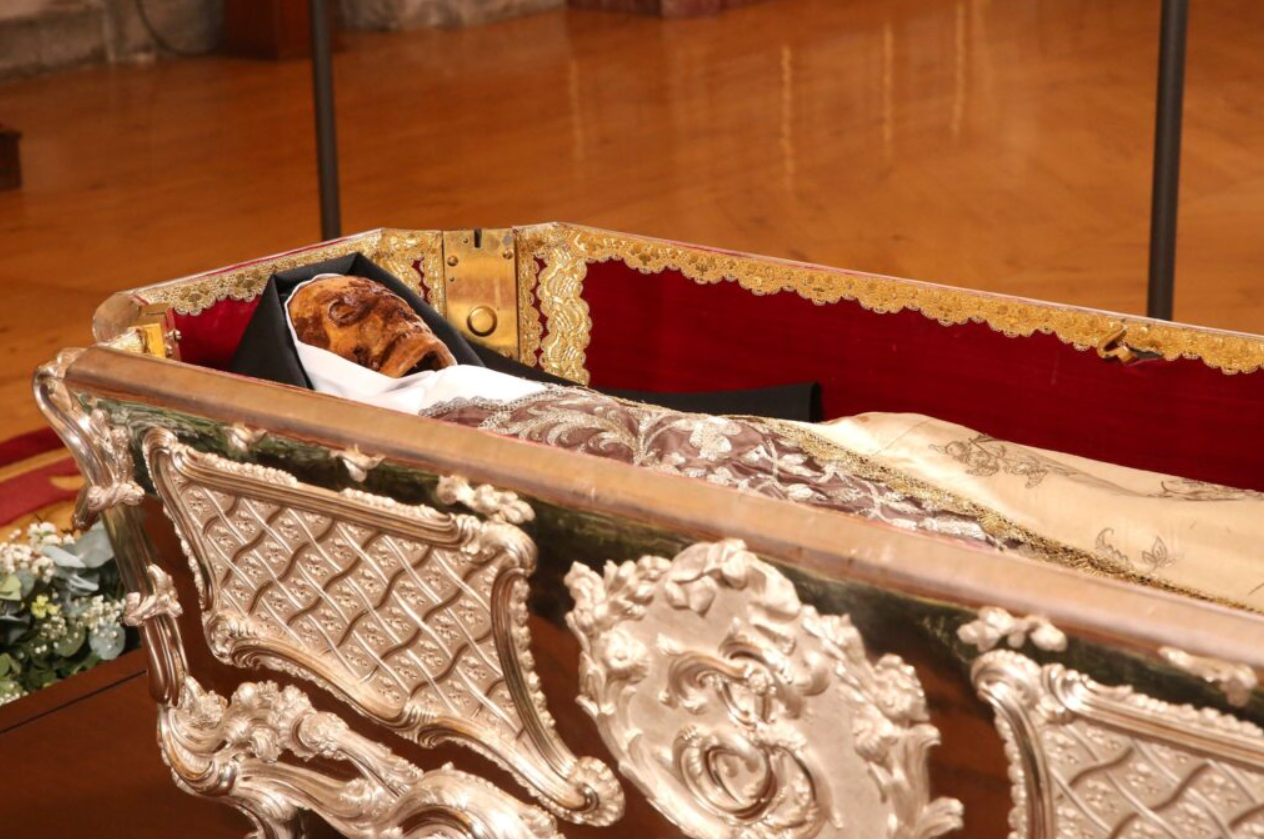
Where do relics come from?
Relics typically come from the remains of saints or holy persons after their death, and they are carefully preserved by the Church. In many cases, those close to the saint may preserve parts of the body or personal items. Historically, relics were often taken from saints who were considered particularly holy during their lifetimes. Today, relics are handled with great care and respect, often under the supervision of the Church. The veneration of relics was common from the early centuries of Christianity, especially among martyrs and early saints (Catechism of the Catholic Church, 1992, para. 1674; Orthodox Christian Information Center).
Are there different types of relics?
Yes, the Catholic Church classifies relics into three categories:
- First-class relics: These are parts of the saint’s body, such as bones, hair, or blood.

- Second-class relics: These are objects or clothing used by the saint during their lifetime.
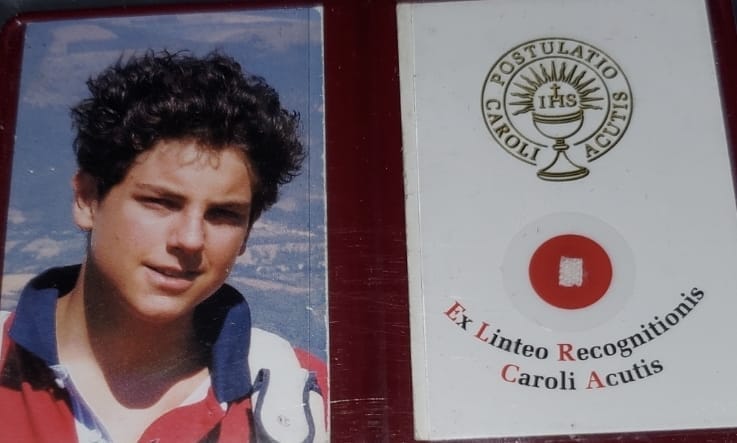
- Third-class relics: These are items that have come into contact with a first-class relic or the saint’s tomb.
The Orthodox Church similarly venerates relics but does not formally categorize them in the same manner (Catechism of the Catholic Church, 1992, para. 1674; Orthodox Church in America).
Why do Catholics divide up the body of a saint but generally forbid spreading ashes?
The Catholic Church believes that the body of a saint is a vessel of God's grace and holiness, deserving of reverence even after death. Dividing up a saint’s body for the purpose of veneration allows more people to encounter the physical presence of the saint. In contrast, the spreading of ashes after cremation is seen as an act that implies the body is no longer sacred or necessary, which contradicts the Church’s belief in the sanctity of the body and the resurrection of the dead (Catechism of the Catholic Church, 1992, para. 2300; Eternal Word Television Network).
How are relics verified?
The verification of relics involves a combination of historical research and ecclesiastical oversight. Most relics usually come with certificates of authenticity issued by Church authorities, attesting to their provenance. Older relics, especially those dating back to early Christianity, often require more detailed historical investigation to establish their authenticity. In some cases, relics are authenticated through documentation from early Church records, while in others, they are linked to long-standing traditions within a specific Church community (Catechism of the Catholic Church, 1992, para. 1674).
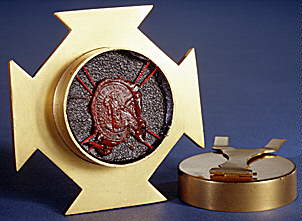
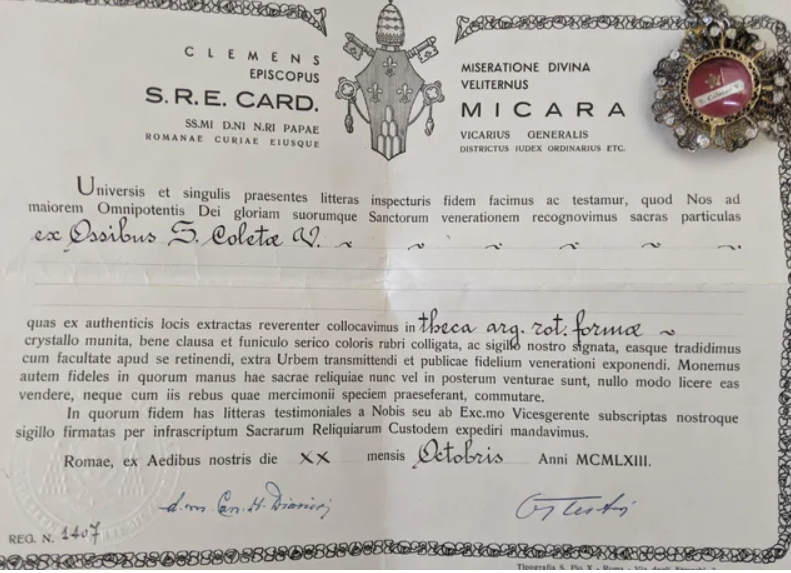
Do Catholics worship relics?
Catholics do not worship relics; they venerate them. Worship is reserved for God alone. Veneration is a form of deep respect, not worship, and is given to relics because they are closely associated with the holy person. This respect extends to the saint who is believed to be alive with God in heaven. The veneration of relics serves as a reminder of the saint’s holiness and encourages the faithful to imitate their virtues (Catechism of the Catholic Church, 1992, para. 1674; Orthodox Christian Information Center).
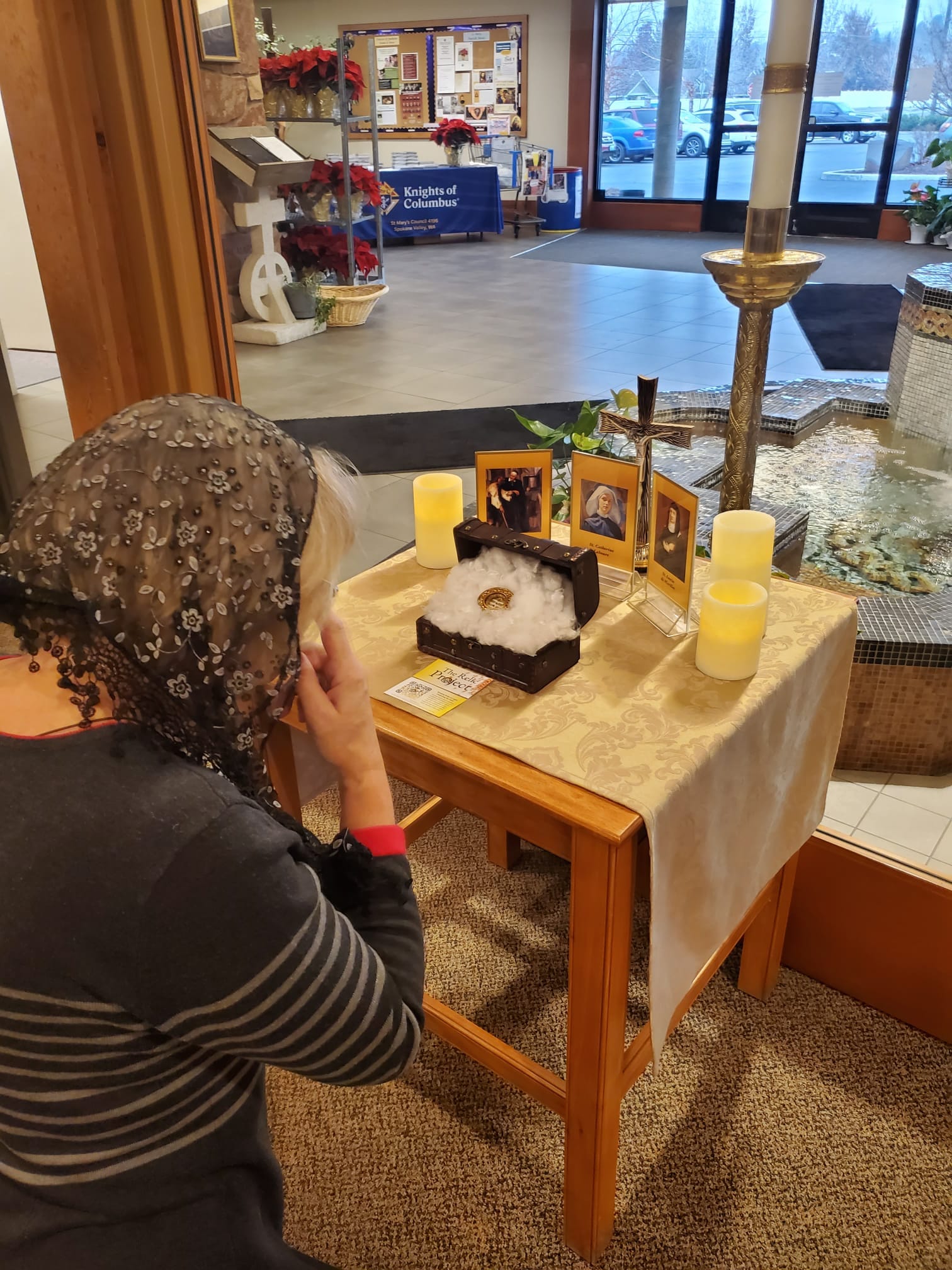
When did the veneration of relics begin?
The veneration of relics has ancient roots, going back to early Christianity. One of the earliest documented cases is the veneration of the relics of St. Polycarp in the second century. Christians gathered at his tomb to celebrate his feast day, marking the beginning of the practice of honoring saints on the anniversary of their death. The veneration of relics grew rapidly during the early Church, particularly in connection with the martyrs, whose bodies were often seen as powerful sources of intercession and miraculous grace (Orthodox Church in America).
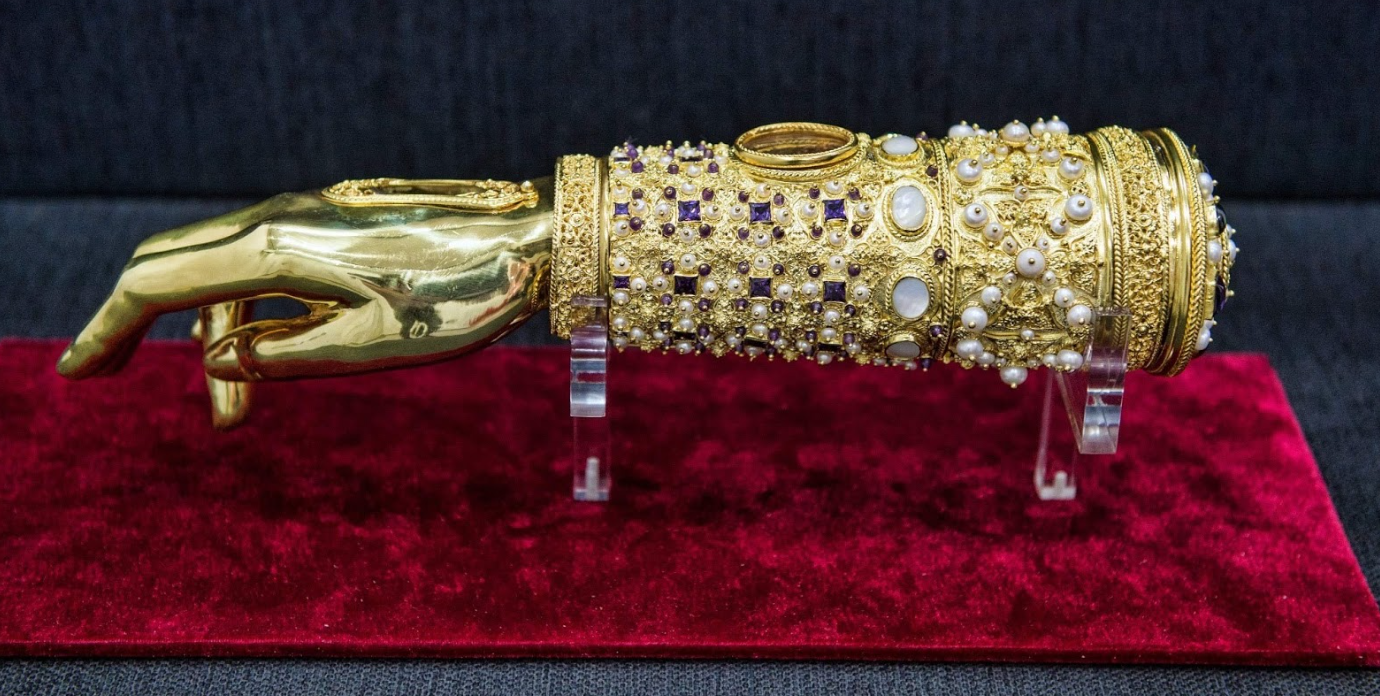
Why do some relics cause miracles?
In Catholic and Orthodox theology, relics are not inherently miraculous but serve as vessels through which God’s grace can flow. Miracles associated with relics are understood as God’s way of honoring the holiness of the saint. These miracles are seen as signs of God’s power and presence, not as magical occurrences. The faithful believe that God uses relics to perform miracles as a means of drawing people closer to Him and affirming the sanctity of His saints (Catechism of the Catholic Church, 1992, para. 1674; Orthodox Church in America).
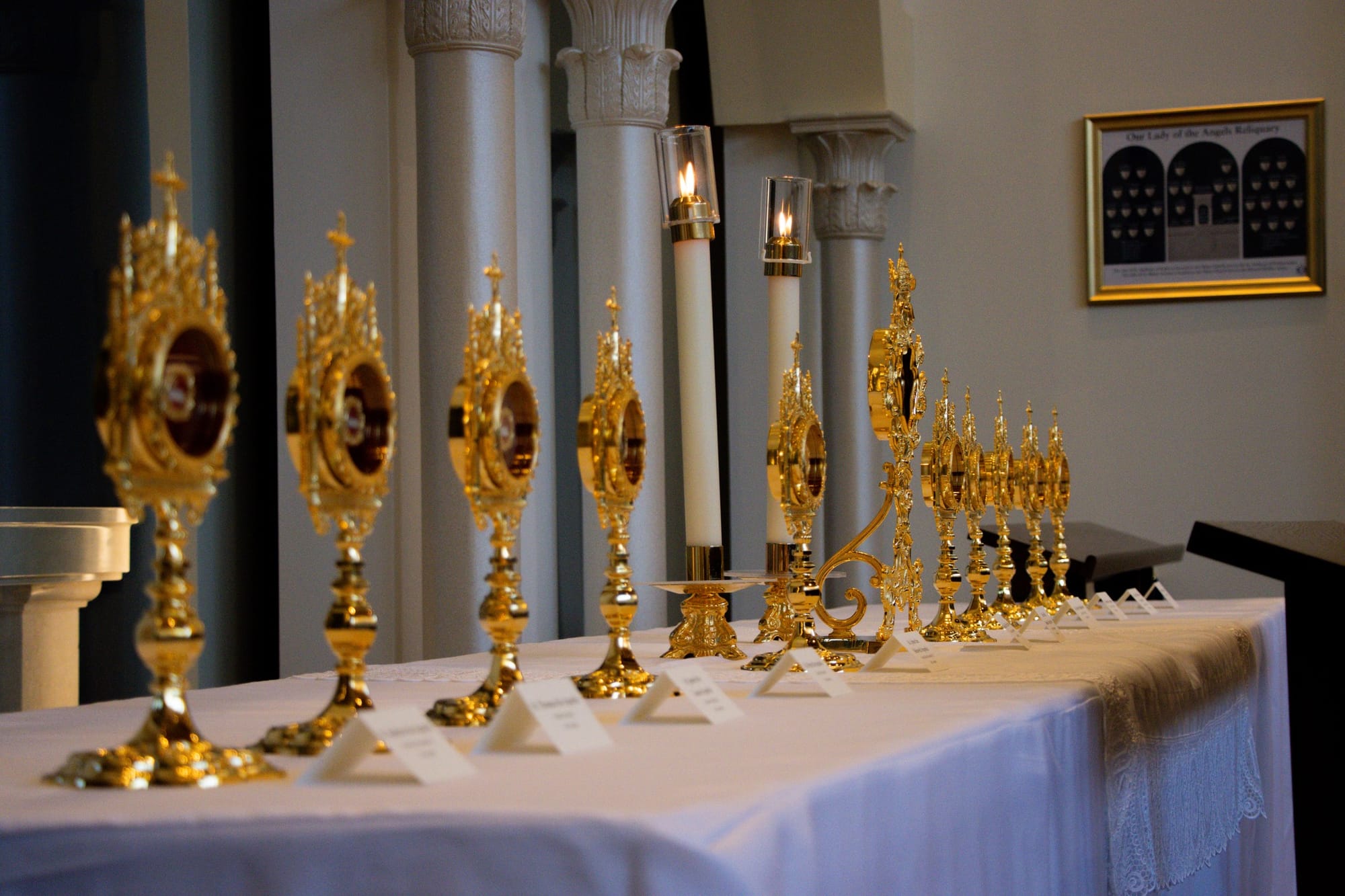
Why are relics housed in fancy cases?
Relics are often housed in ornate reliquaries to signify their sacredness and to protect them from theft or misuse. Historically, relics were sometimes stolen or misused for superstitious purposes. The 4th Lateran Council in 1215 formalized the practice of placing relics in reliquaries to prevent abuse and to encourage proper veneration. The beauty of the reliquaries also serves to highlight the importance of the relics and to inspire devotion among the faithful (Catechism of the Catholic Church, 1992, para. 1674).
Can I buy a relic?
The buying and selling of relics is forbidden by the Catholic Church, a practice referred to as simony. However, relics are sometimes bought and sold on the black market, particularly online. While technically the buyer is purchasing the container or reliquary, the Church strongly discourages the commodification of relics. Relics should be freely given as gifts or acquired through ecclesiastical channels (Catechism of the Catholic Church, 1992, para. 2121).
Thank You
There are many more questions that we have received which we plan on featuring in a future post.
References
- Catechism of the Catholic Church, 1992: Vatican
- Orthodox Christian Information Center: Orthodox Info
- Orthodox Church in America: OCA
- Eternal Word Television Network: EWTN

